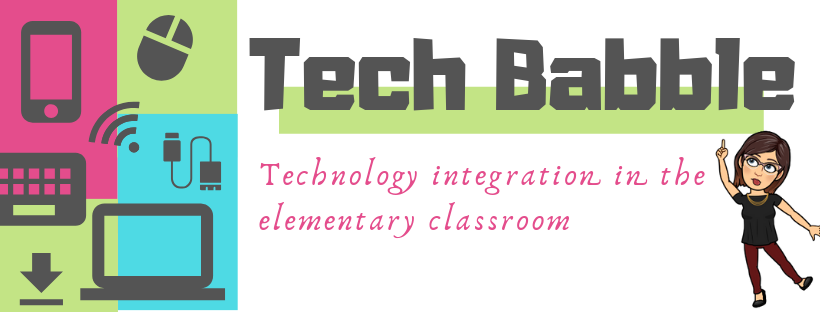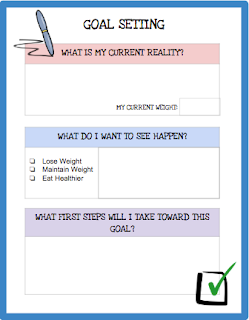Ever wonder how you can use technology tools to make reading logs more engaging and beneficial to your students without just creating a meaningless substitute for the paper version? There are actually lots of ways to breathe life into reading logs so they are looked upon as fun and not so much of a chore to fill out each night. The right kind of reading log (digital or not) can be meaningful for both the student and for the teacher and can tell a lot about who your students are as readers.
- Reading logs promote student independence, self awareness, and reflection
- They allow students and teachers to see growth over time
- They inform the teacher as to whether a book is too hard, too easy, if students are stuck, if they are spending too much time in one book, or if they aren't getting enough time with "eyes on print," etc...
Let's face it, most students don't enjoy writing down the title, author, page numbers, genre, level, etc. every night. It's boring and tedious. However, some districts require it and we as teachers can tend to feel stuck. The digital tools I share below can help us give these logs a major facelift. There are various options and you have less chance of the data being lost or eaten by the family dog (so they say...). Change things up a bit and you increase motivation because you are adding engaging activities that offer useful information and also add student voice, choice, and the opportunity for purposeful work that will improve reading skills. Here are some of the possibilities. I hope they spark some ideas for you!
Google Forms:
If you want to have access to student reading logs and don't mind if students can't easily see their own until you share it with them, Forms is a great option. You can ask about finished books, have them write little reviews, have them jot an example of a reading strategy, etc. and it all gets collected into a convenient spreadsheet that you can organize by student name, date, etc. You can share the responses with them as well if you like but this isn't as useful for the littles. I actually love Forms for reading conferences but that's a whole other blog post...
Google Slides:
I love this option. If your district requires reading logs and your kids have Google accounts, Slides is the way to go. Not only can you make it colorful and engaging, but you can have various types of reading activities in one presentation, easily duplicate pages if they need more, and share it in Google Classroom so you can easily access each student's work at any time.
These are both online sites that allow students to log their reading online. You create the classes and have access to all of the logs. Students can recommend books, write in their logs, collect awards, and participate in reading challenges. Check out these short intro videos!
Google Maps:
This type of logging is a lot of fun and adds a global awareness piece too! Add your books according to the main setting or where the author is from. Each layer of your map can be a different genre so both you and the students can easily see preferences and/or interests. Add book cover photos to your pins and text can be mini-reviews, character traits, or a "show what you know" for any reading skill or strategy. Click on the map below for an example. The kids love this!
Seesaw:
For the littles all the way up to 5th grade, Seesaw is another option. If you aren't overly concerned about page numbers, students can take photos of their books, record themselves reading a page or two, or talk about the book, and then add it to their journal. Both parents and teacher can see the books their kids are reading. You can also create activities if you want to focus on specific skills for a finished book or, if you have editing turned on for your students, weekly logs can be created that can be filled out each night.
Have a great week!










